Properties
| Storage Buffer | PBS pH 7.4, 50% glycerol, 0.09% sodium azide *Storage buffer may change when conjugated |
| Storage Temperature | -20ºC, Conjugated antibodies should be stored according to the product label |
| Shipping Temperature | Blue Ice or 4ºC |
| Purification | Peptide Affinity Purified |
| Clonality | Polyclonal |
| Specificity | Binds to phosphorylated serine 129 on alpha synuclein. Does not detect unphosphorylated serine 129 alpha synuclein. Detects bands at 100, 75, 45, 15 kDa. Bands above 15 kDa are oligomers. |
| Cite This Product | StressMarq Biosciences Cat# SPC-742, RRID: AB_2706527 |
| Certificate of Analysis | A 1:1000 dilution of SPC-742 was sufficient for detection of Alpha Synuclein pSer129 in 15 µg of human brain cell lysates by ECL immunoblot analysis using goat anti-rabbit IgG:HRP as the secondary antibody. |
Biological Description
| Alternative Names | Phospho anti-alpha Synuclein (S129) antibody, Alpha-synuclein (phospho S129) antibody, alpha Synuclein (phospho Ser129) antibody, alpha-Synuclein Phospho Ser129 Antibody, phospho-α-Synuclein (Ser129) Antibody, Alpha synuclein antibody, Alpha synuclein antibody phospho Serine 129, Alpha synuclein antibody phospho Ser 129, Alpha synuclein antibody pSerine 129, Alpha synuclein antibody pSer 129, Alpha synuclein antibody phosphoSer 129, Alpha-synuclein antibody, Alpha-synuclein, isoform NACP140 antibody, alphaSYN antibody, NACP antibody, Non A beta component of AD amyloid antibody, Non A4 component of amyloid antibody, Non A4 component of amyloid precursor antibody, Non-A beta component of AD amyloid antibody, Non-A-beta component of alzheimers disease amyloid , precursor of antibody, Non-A4 component of amyloid precursor antibody, Non-A4 component of amyloid, precursor of antibody, PARK 1 antibody, PARK 4 antibody, PARK1 antibody, PARK4 antibody, Parkinson disease (autosomal dominant, Lewy body) 4 antibody, Parkinson disease familial 1 antibody, SNCA antibody, alpha (non A4 component of amyloid precursor) antibody, SYN antibody, Synuclein alpha antibody, Synuclein alpha 140 antibody, Synuclein, alpha (non A4 component of amyloid precursor) antibody, SYUA_HUMAN antibody |
| Research Areas | Alzheimer's Disease, Neurodegeneration, Neuroscience, Parkinson's Disease, Synuclein, Tangles & Tau, Multiple System Atrophy |
| Cellular Localization | Cell Junction, Cytoplasm, Membrane, Nucleus, Secreted, Synapse |
| Accession Number | NP_000336.1 |
| Gene ID | 6622 |
| Swiss Prot | P37840 |
| Scientific Background | Alpha-Synuclein (SNCA) is expressed predominantly in the brain, where it is concentrated in presynaptic nerve terminals (1). Alpha-synuclein is highly expressed in the mitochondria of the olfactory bulb, hippocampus, striatum and thalamus (2). Functionally, it has been shown to significantly interact with tubulin (3), and may serve as a potential microtubule-associated protein. It has also been found to be essential for normal development of the cognitive functions; inactivation may lead to impaired spatial learning and working memory (4). SNCA fibrillar aggregates represent the major non A-beta component of Alzheimers disease amyloid plaque, and a major component of Lewy body inclusions, and Parkinson's disease. Parkinson's disease (PD) is a common neurodegenerative disorder characterized by the progressive accumulation in selected neurons of protein inclusions containing alpha-synuclein and ubiquitin (5, 6). Alpha synuclein phosphorylated at serine 129 constitutes 90% of the alpha synuclein found in Lewy bodies (7, 8). |
| References |
1. “Genetics Home Reference: SNCA”. US National Library of Medicine. (2013). 2. Zhang L., et al. (2008) Brain Res. 1244: 40-52. 3. Alim M.A., et al. (2002) J Biol Chem. 277(3): 2112-2117. 4. Kokhan V.S., Afanasyeva M.A., Van'kin G. (2012) Behav. Brain. Res. 231(1): 226-230. 5. Spillantini M.G., et al. (1997) Nature. 388(6645): 839-840. 6. Mezey E., et al. (1998) Nat Med. 4(7): 755-757. 7. Fujiwara H., et al. (2002) Nat Cell Biol. 4(2):160-4. 8. Anderson J.P., et al. (2006) J Biol Chem. 281(40):29739-52. |
Product Images
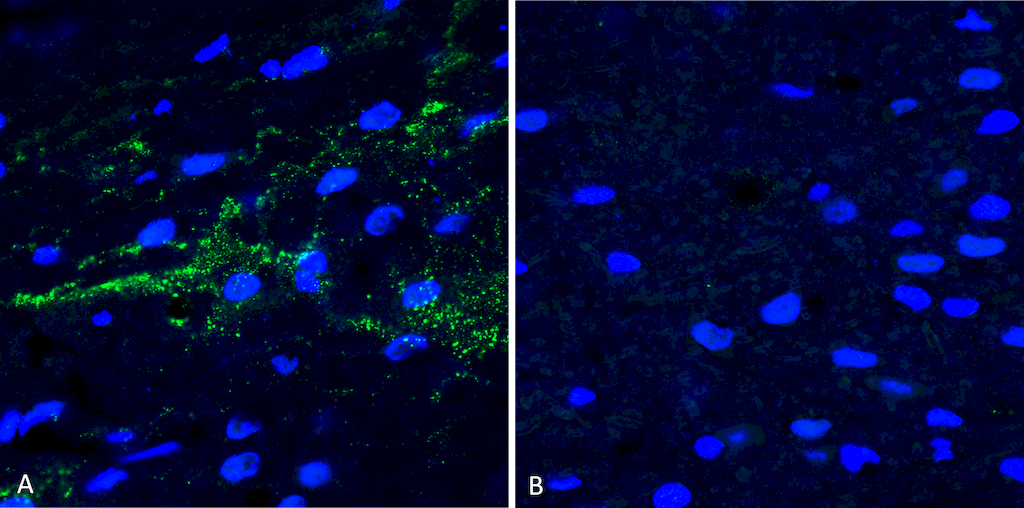
Immunohistochemistry analysis using Rabbit Anti-Alpha Synuclein (pSer129) Polyclonal Antibody (SPC-742). Tissue: Free floating brain sections. Species: Mouse. Fixation: PFA. Primary Antibody: Rabbit Anti-Alpha Synuclein (pSer129) Polyclonal Antibody (SPC-742) at 1:500 for overnight at 4C with gentle agitation. Counterstain: Hoechst. Magnification: 63X. A) Right hemisphere (striatum) injected with alpha synuclein AAV vector. B) Control. Alpha synuclein streaks are visible at injection site, but not control, 4 months after injection. Courtesy of: Trine Rasmussen, Simon Molgaard Jensen, Aarhus University.
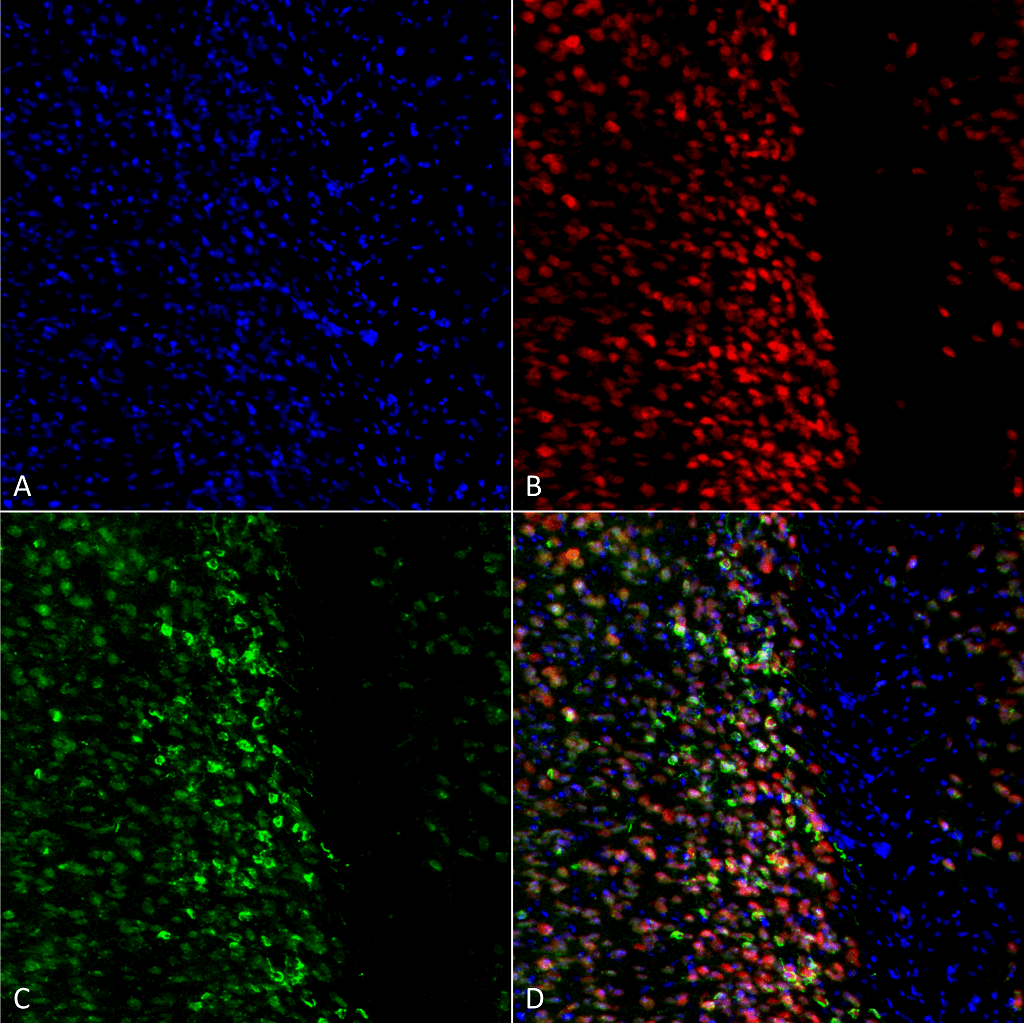
Immunocytochemistry/Immunofluorescence analysis using Rabbit Anti-Alpha Synuclein pSer129 Polyclonal Antibody (SPC-742). Tissue: Primary hippocampal neurons treated with active Alpha Synuclein Protein Aggregate (SPR-322) at 4 µg/ml to induce fibrils. Species: Rat. Fixation: 4% paraformaldehyde. Primary Antibody: Rabbit Anti-Alpha Synuclein pSer129 Polyclonal Antibody (SPC-742) at 1:500 for 24 hours at 4°C. Secondary Antibody: Goat Anti-Rabbit Alexa Fluor 488 at 1:700 for 1 hour at RT. Counterstain: Guinea Pig Anti-NeuN (red) neuronal marker (Donkey Anti-Guinea Pig Alexa Fluor 647 1:700); Hoechst (blue) nuclear stain at 1:6000, 1:3000 for 60 min at RT, 5 min at RT. Magnification: 20X.
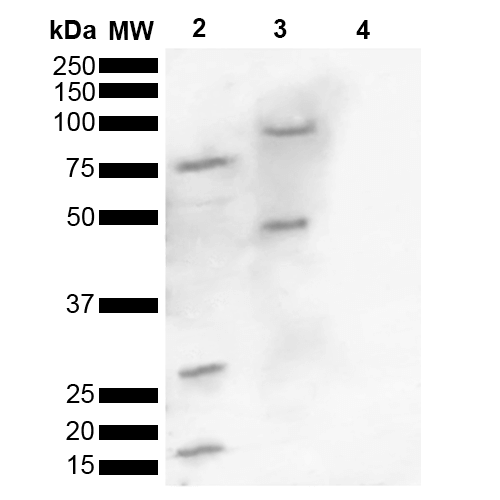
Western blot analysis of Human, Mouse brain lysate showing detection of ~16 kDa Alpha Synuclein pSer129 protein using Rabbit Anti-Alpha Synuclein pSer129 Polyclonal Antibody (SPC-742). Lane 1: Molecular Weight Ladder (MW). Lane 2: Human brain lysate. Lane 3: Mouse brain lysate. Lane 4: Human Alpha Synuclein Monomer (0.5 µg). Load: 15 µg. Block: 5% Skim Milk in 1X TBST. Primary Antibody: Rabbit Anti-Alpha Synuclein pSer129 Polyclonal Antibody (SPC-742) at 1:1000 for 2 hours at RT. Secondary Antibody: Goat Anti-Rabbit HRP:IgG at 1:3000 for 1 hour at RT. Color Development: ECL solution for 5 min at RT. Predicted/Observed Size: ~16 kDa. Other Band(s): 100, 75, 45, 30,16 kDa.
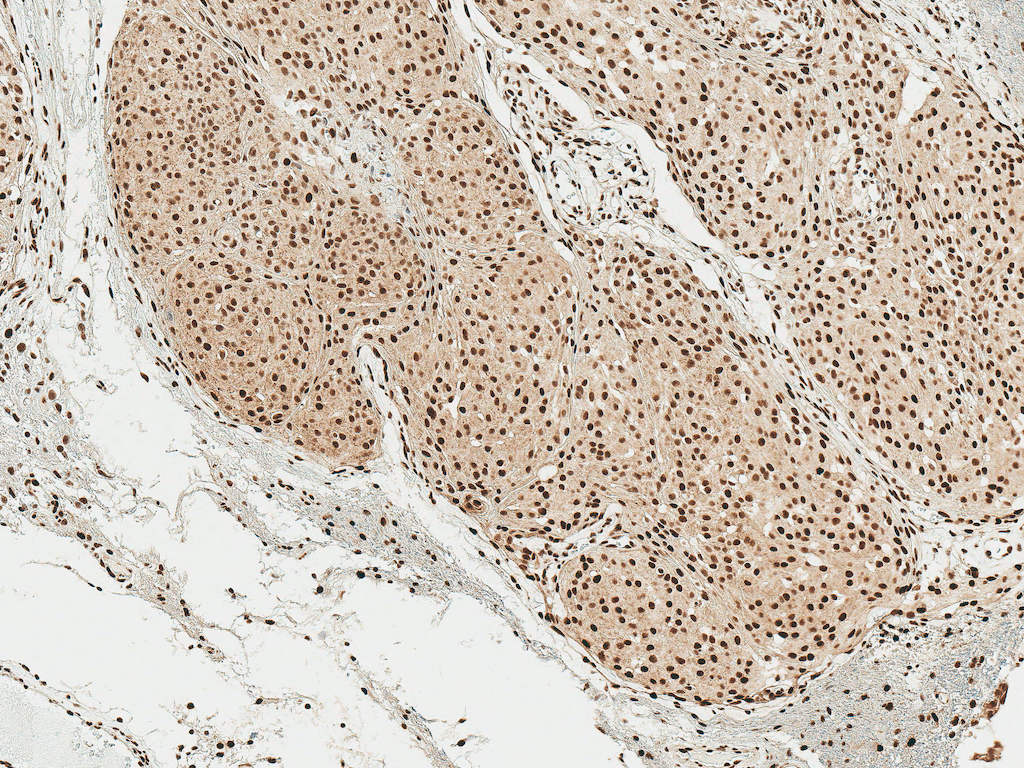
Immunohistochemistry analysis using Rabbit Anti-Alpha Synuclein pSer129 Polyclonal Antibody (SPC-742). Tissue: Brain. Species: Human. Fixation: Formalin Fixed Paraffin-Embedded. Primary Antibody: Rabbit Anti-Alpha Synuclein pSer129 Polyclonal Antibody (SPC-742) at 1:50 for 30 min at RT. Counterstain: Hematoxylin. Magnification: 10X. HRP-DAB Detection.
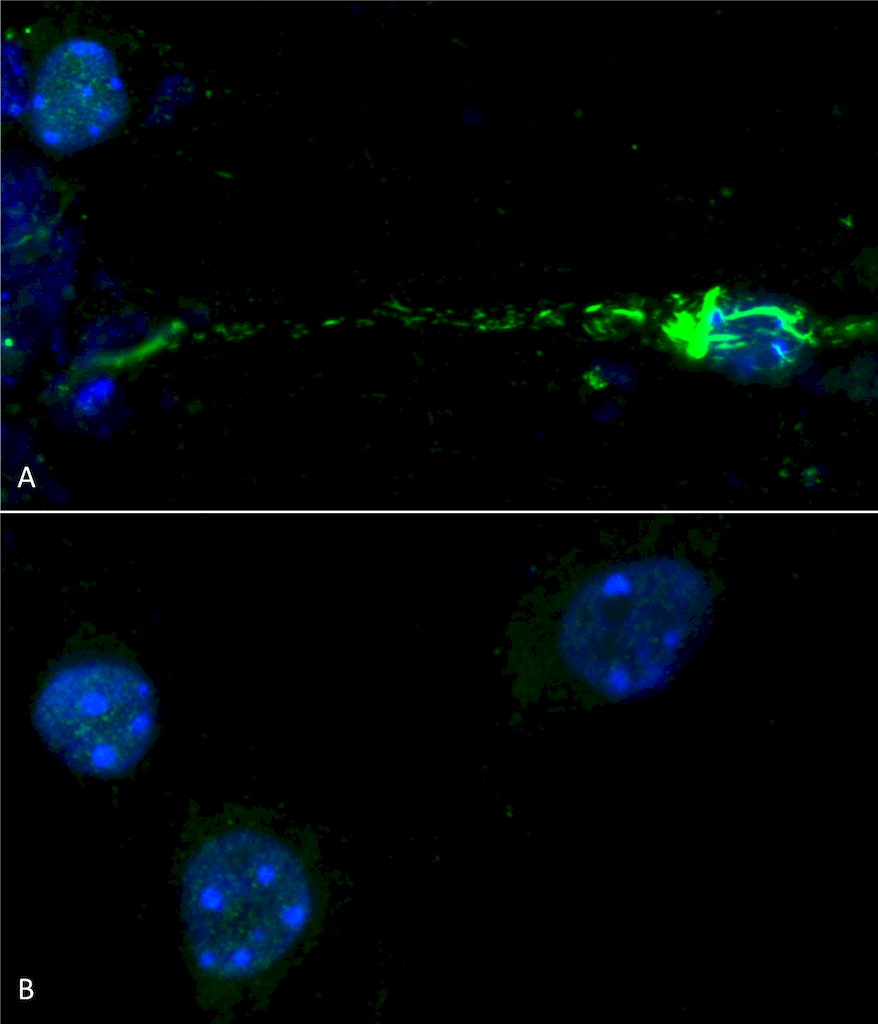
Immunocytochemistry/Immunofluorescence analysis using Rabbit Anti-Alpha Synuclein (pSer129) Polyclonal Antibody (SPC-742). Species: Mouse. Primary Antibody: Rabbit Anti-Alpha Synuclein (pSer129) Polyclonal Antibody (SPC-742). Phospho serine 129 antibody (SPC-742) was used to detect phosphorylated alpha synuclein in primary mouse hippocampal neurons treated with 100 nM sonicated mouse alpha synuclein PFFs (SPR-324) (A). Phosphorylated alpha synuclein was visible in perinucleus and neurites compared to untreated control (B). Read the protocol at pabmabs.com/?p=7901. Image courtesy of Trine Rasmussen, Simon Molgaard Jensen at Aarhus University..

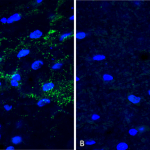
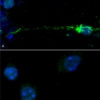
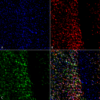
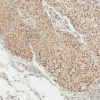
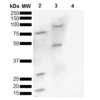




















Trine Rasmussen :
Read the full review on pAbmAbs.com“””